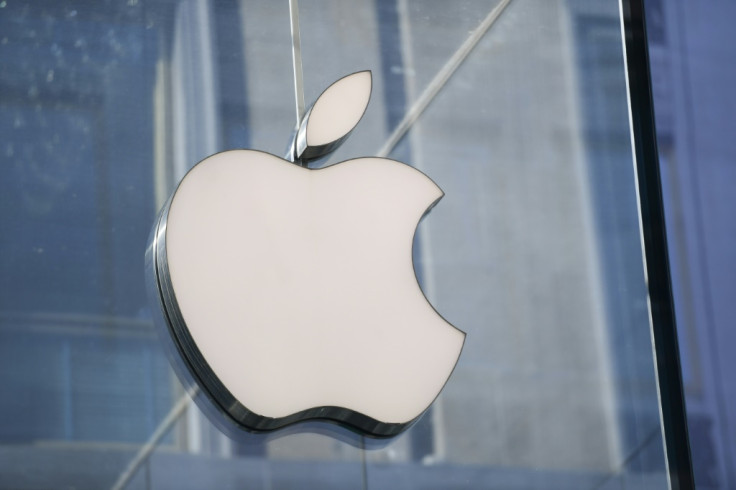Advertisers join forces to meet challenges brought by Apple's iOS privacy changes
In the past, marketing and advertising firms relied on Apple's Identifier for Advertisers (IDFA) as their means to learn about specific user preferences.
A coalition of marketing and advertising firms announced new strategies which would allow them to do without Apple's previous IDFA and at the same time, adjust to the upcoming App Tracking Transparency feature of iOS 14. The organisation said these new approaches would help companies migrate to the Cupertino company's new system.
According to Apple Insider, marketing firm Liftoff will hold an education alliance that will provide instructions to other companies on how to work with Apple to obtain key advertising data. "The coming privacy policy change of Apple is one of the biggest alterations in mobile marketing in recent years, and our community-minded effort gives advertisers the tools they need to steer seamlessly through that shift," said Dennis Mink, Liftoff's vice-president of marketing.
Mink revealed his company is organising webinars and instructional sessions with the battle cry "No IDFA? No Problem." He said that with their expertise from demand-side, supply-side, and measurement, their objective is to ensure a successful and smooth transition into this new chapter. He also assured companies that marketing can and will remain just as effective on iOS devices in this privacy-centric environment.
The "Post-IDFA Alliance" of Liftoff launched with five major partners on-board, all belonging to the mobile marketing business. These include InMobi, Fyber, and Chartboost. Kunal Nagpal, the GM of Publisher Platform and Exchange at InMobi, expressed his support for Apple's IDFA modifications. "We fully support the spirit of the IDFA changes. That said, we know this is a huge shift for the entire advertising industry and the Post-IDFA Alliance will play a key role in the education required to make this transition seamless," Nagpal said.
While it already announced its intention to educate companies on how to work post-IDFA, Liftoff did not yet provide details on the type of training and advice it plans to impart to advertisers. However, one approach that the company promoted in the past is the utilisation of what it called "blended LAT traffic." LAT, which is short for Limit Ad Tracking, provides information about the number of users who have opted out of tracking. Other companies used LAT to determine which types of users are most disinterested in such advertising practices. This allows them to define those users who are likely to respond positively to targeted advertising.
In the past, marketing and advertising firms relied on Apple's Identifier for Advertisers (IDFA) as their means to learn about the specific preferences of users. Knowing their inclinations allow marketing companies to deliver personalised ads to them.
Although Apple said that IDFA would continue, the privacy changes in the upcoming iOS 14 now require iOS apps to seek user permission first if it intends to track them for advertising purposes. This prompt will display before the device launches an app that uses IDFA. Users will also have the power to specify their consent for each of such apps.
© Copyright IBTimes 2025. All rights reserved.






















